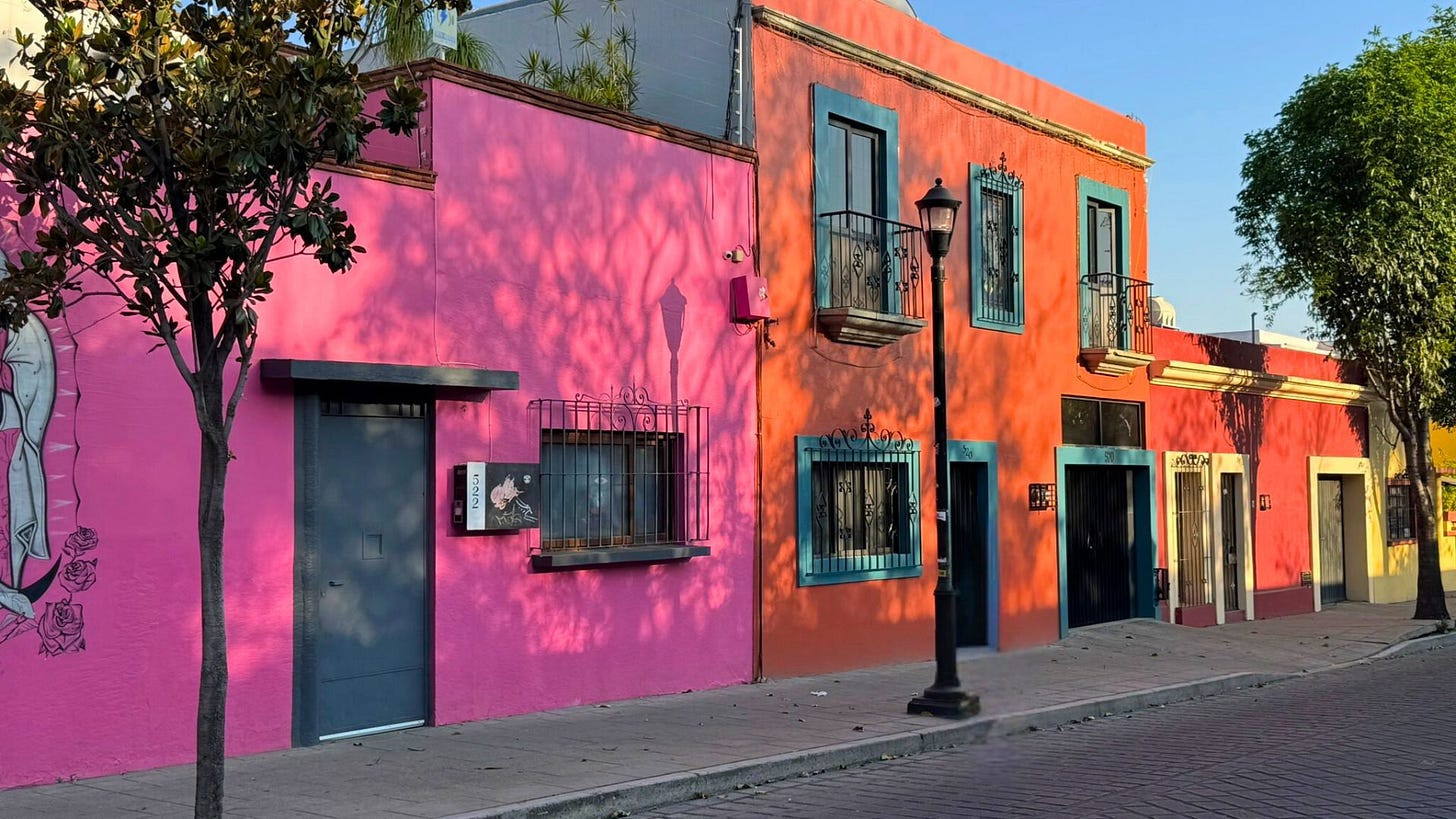Olfactory Notes From the Field: Oaxaca
A magical place filled with aromatic delights.
We landed in Oaxaca at 6:20pm just as the sun was setting over the Sierra Madre mountains. This city in the southern part of Mexico sits in a valley 5,085 ft (1,550m) above sea level, which is significantly higher than the 39 ft (12m) of my hometown, so it makes you breathe (and smell) a little differently.
The airport is small and instead of disembarkin…
Keep reading with a 7-day free trial
Subscribe to An Aromatic Life to keep reading this post and get 7 days of free access to the full post archives.


